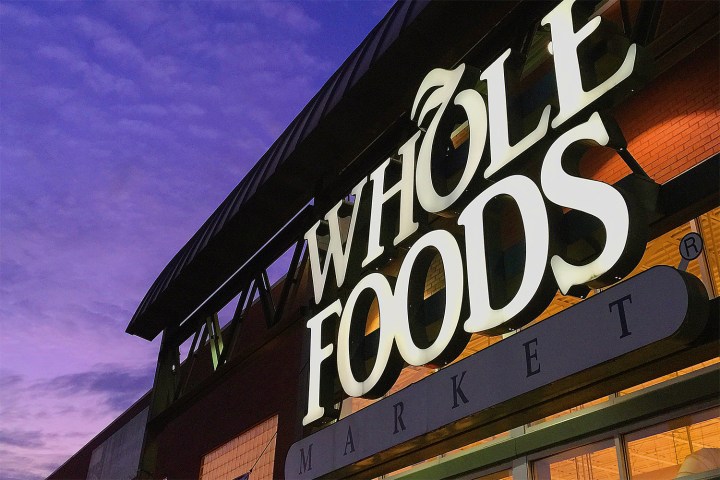
In time for the holiday season, Amazon is making use of its summer acquisition of Whole Foods by placing some of its own products in the aisles, hoping to tempt shoppers into making a few extra purchases during their visits.
The Seattle-based company better known for online shopping — but becoming increasingly interested in brick-and-mortar stores — announced on Thursday, November 9, that it’s adding a range of its own tech products to more than 100 Whole Food stores across the United States.
To encourage visitors to grab an Echo speaker or Kindle along with the mince pies, Amazon will be offering some reasonable discounts on its gear starting the week before Black Friday. You’ll find $20 off both the Echo Dot and the all-new Amazon Echo, $30 off the new Echo Plus, and $30 off the Kindle Paperwhite ebook reader. The Kindle Fire 7 tablet will receive a $20 discount, while the Fire HD 8 tablet gets $30 knocked off its regular price.
Pop-up stores
In addition, from November 13 it will be opening a small number of Amazon-staffed pop-up stores for the duration of the holiday season, giving visitors the chance to get hands-on with products such as its Kindle Fire tablets and growing range of voice-activated home speakers.
Staff will also be telling shoppers about the benefits of Amazon Prime in the hope of scoring a few more sign-ups for the service. Besides free and fast shipping and access to a sizable library of movies and TV shows, Prime members can also receive discounts on some items at Whole Foods.
Specifically, the pop-ups will open at Whole Foods stores in Chicago, Illinois and Rochester Hills, Michigan on November 13; Davie, Florida; and Pasadena, California, on November 14; and the new Union Station store in Denver, Colorado, on November 15.
Amazon describes the appearance of its own products inside Whole Foods as a “collaborative program,” and says it’s “another step forward in the integration between the companies” since it acquired Whole Foods in August, 2017. That integration also includes the addition of Amazon Lockets at a growing number of Whole Foods stores.
In recent years Amazon has shown a growing interest in brick-and-mortar retail, opening bookstores in several cities in the U.S., though clearly they’re not to everyone’s liking. It’s also continuing work on Amazon Go, a physical store where you can simply grab what you want and walk out thanks to clever technology that knows exactly what you’ve put in your bag. It could be that Go one day integrates with Whole Foods in a big way, though such a transformation is likely to be years away.


